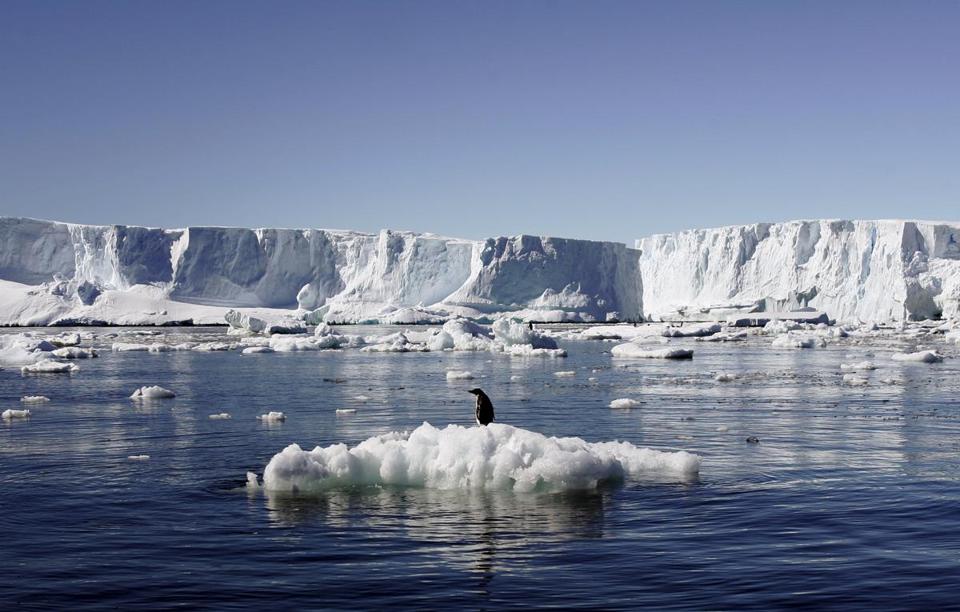
Antarctica’s Massive Ice Crack Enforced BAS to Shut Halley VI Research Station Down
Halley VI Research Station, owned and operated by British Antarctic Survey (BAS) is getting closer to shut down, because of the huge ice crack found in Antarctica. The scientific research station, which is positioned on the Brunt Ice Shelf hanging on the Weddell Sea in Antarctica, is about to close as the huge crack in the base ice shelf has created an endangered situation for the scientists.
As per the reports published on Monday, numerous cracks in the ice shelf are lengthening over the years, close to the research station and hence the concerns over the safety of the scientists have risen. Back in 2012, an inactive fracture spotted on the ice shelf and researchers started monitoring. Over the months, the crack started showing the signs of enlargement and in one year, the crack lengthened more than one mile. Currently, the research center is positioned only 6 kilometers, or 3.7 miles, from the crack point.
The enlargement of the cracks in ice shelf has created the possibility of the massive breakage in the research center’s blocks in the coming months, which has in other ways have become a matter of question regarding the safety of the scientists, residing there. Keeping eye on the safety of the researchers living inside the agency, British Antarctic Survey (BAS) has decided to take out the investigating team before the beginning of winter season in Antarctic.
Currently, the agency accommodates a total of 88 researchers, who are living inside the research center, 16 of whom were previously been scheduled to spend the winter there. However, after finding the lengthening cracks in the ice and the intensifying possibilities of breakage, BAS is now planning to shut down the center there and shift it to somewhere else.
To summon up, The Halley Research Station is an impermanent research facility located on the Brunt Ice Shelf of Antarctica. Made for conducting numerous scientific experiments and research programs, the Research facility, till now has contributed to a number of significant discoveries including the finding of the hole in earth’s ozone layer in 1985. Though the center is specialized for monitoring changes in climate and rise of sea level, but because of its advanced scientific progressions, the facility has become capable of conducting other researchers too.


